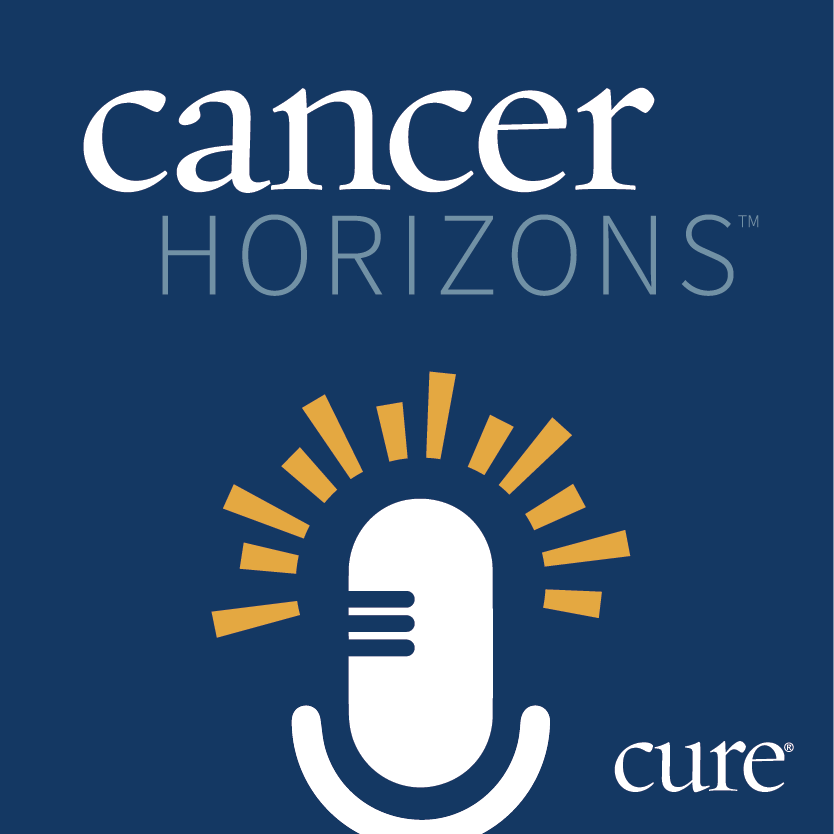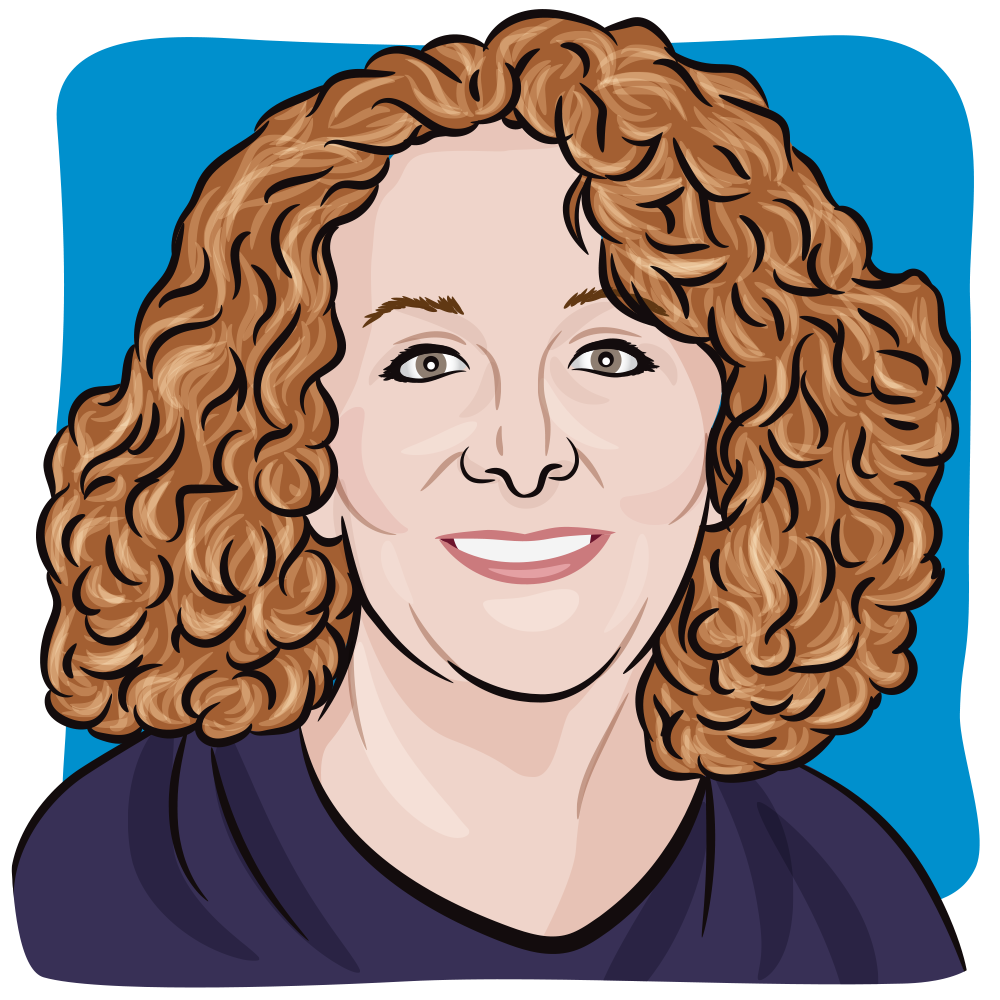News
Article
Addressing Gaps, Challenges and Disparities in AYA Cancer Care
Key Takeaways
- AYA cancer patients face delayed diagnoses and financial hardships, impacting their treatment and prognosis.
- They are more involved in treatment decisions, with ethnic disparities in engagement levels.
Adolescent and young adult patients with cancer face delayed diagnoses, financial hardships and gaps in specialized care, creating a need for tailored support.
Young adult patients with cancer face delayed diagnoses, financial hardship and lower trust in providers, highlighting the need for specialized, multidisciplinary care. | Image Credit: ©Milan - Adobe Stock

Adolescent and young adult (AYA) patients with cancer are defined as individuals ages 15 to 39, according to Stupid Cancer — an organization which helps to empower those affected by AYA cancer; this age group is an often-overlooked population in oncology treatment, as they frequently experience delayed diagnoses, misdiagnoses and barriers to accessing appropriate care.
Due to this patient population's age, these individuals must navigate the disruption of critical life milestones, such as pursuing education, establishing careers and building relationships. Additionally, financial instability and lack of insurance coverage often deter AYAs from seeking timely medical attention, further complicating their prognosis.
To recognize the gaps in cancer care that AYA patients face, Stupid Cancer observes the first full week of April to be AYA week from April 7 to April 11. Alison Silberman, CEO of Stupid Cancer, sat down for an interview with CURE to discuss the 2024 State of Young Adult Cancer Survivorship report and key components of care for AYA patients with cancer.
CURE: What are some of the key disparities highlighted in the 2024 State of Young Adult Cancer Survivorship report, and how do they compare to older cancer patients?
Some of the things we saw from this report were that AYAs (adolescents and young adults) are significantly more engaged in their treatment decision-making process. Forty-seven percent versus 24% were very involved in the research of treatment options, and 47% versus 27% sought out a second opinion. We see that AYAs are really interested in what the options are and how they can engage with their treatment decision-making, rather than just taking the word of their providers.
When we delve deeper into some of that data, we also see some differences among Hispanic, Black and White patients. For example, 62% of Hispanic AYAs were very involved in their treatment decision-making. Fifty-seven percent of Black AYAs sought out a second opinion, but only 32% of White AYAs sought out a second opinion. So, there are definitely some differences when you dive into the AYA community as a whole.
While AYAs are slower to receive a diagnosis — either because they tend to ignore their symptoms, or don't really think their symptoms are a big deal, or because the medical community diminishes those symptoms as something to look into — once they are diagnosed, they are much more involved in the process.
The report found that 90% of young patients face financial hardship. What are the primary drivers of this financial strain, and what solutions could help alleviate this burden?
Financial toxicity in cancer care is not new. It's something we see across the board. However, there are several reasons why the strain is greater among the young adult population. Young adults have lower earning power because they are earlier in their careers, typically. They have less savings, and they have many other non-medical costs that compete for those financial resources, such as student loans, childcare and fertility treatments.
We also see that Medicare typically provides better coverage, and that's not available to younger patients, which exacerbates the financial toxicity in this age group. There is some financial assistance available, but it is limited. Patients must research and find it themselves.
So, I think it's critical that these discussions about finances with patients happen early and often. This allows for some sort of planning for what is to come with cancer treatment and the other non-medical costs that young people face during treatment.
Trust in healthcare providers was significantly lower among younger cancer patients than those over 40. What factors contribute to this gap in trust, and how can the medical community work to improve patient-provider relationships?
A lot of that starts with what I mentioned before: that young people are often dismissed, or their concerns are diminished when they come to their healthcare providers with a symptom. We know that it takes a lot longer to get diagnosed because, oftentimes, they're told, “Oh, you're too young to have cancer,” or “This might be something else.” So, that really starts patients off on the wrong foot with the healthcare system.
A lot of it also goes back to addressing the unique needs of AYAs and how complicated being a young person in this critical stage of development can be. Things like finances, career or education continuation, sexual health, fertility and dynamics with caregivers are all much more challenging when you're younger. Not having those conversations and not being prepared for what is to come during your treatment can make the larger process feel less trustworthy, and ultimately lead to less trust in your providers.
Our healthcare system needs to do a better job of recognizing AYAs as a distinct entity in the care continuum and work to develop more multidisciplinary approaches to caring for AYAs, including things like nursing, pharmacy, social work, and physical therapy, integrating all of these different pieces into a patient's care.
Many AYA cancer survivors experience long-term physical and emotional challenges, including pain, anxiety and fatigue. What strategies or resources are available to help manage these persistent side effects?
While Stupid Cancer provides a menu of online and in-person programs with the goal of creating connections — connections to one another and to the wider community — to address things like the isolation that so many young people face, we also provide access to age-targeted resources. We know that the conversation around fertility is going to be different depending on your age.
We know that the conversation around finances is going to be different depending on your age, and we also know that people want to feel like they are with other people who "get it," who have gone through what they're going through, and who look and feel like them. So, our programs are really about making those connections, creating those spaces, and giving them resources that are targeted and useful to them at their stage in life.
How can policymakers, healthcare systems, and advocacy groups collaborate to address the specific needs of the AYA cancer community and improve long-term survivorship care?
We need to do a better job at collaboration in general, but I think we need to do a better job as a society, as a healthcare system, of recognizing the needs of AYAs. We've come a long way over the past 18 years, since Stupid Cancer was founded, recognizing that AYA is a distinct group, that young people have different needs. But we need to standardize some of this care for AYAs so that it's not just the folks who go to these well-resourced academic centers that have access to psychosocial care, multidisciplinary care, or clinical trials. We need to ensure that everybody, whether they're in a community setting or a large academic setting, has access to all of the resources they need.
I particularly appreciate this question because, as a patient advocacy organization, we're always thinking about how we can empower our community to advocate for themselves, while at the same time recognizing that patients are already going through quite a bit. They are dealing with their cancer and the side effects, so how fair is it to say, “Well, now you have to speak up for yourself. Now you have to advocate for yourself," when we really want the healthcare system to support that conversation?
What message do you hope individuals take away from this conversation today?
[Stupid Cancer’s] mission is to help empower everyone in the AYA cancer community by ending isolation and building community. We are really focused on that entire community piece. So, it's patients, survivors, caregivers and professionals serving AYAs, including industry professionals.
We create these safe spaces for people to come together, to find comfort in one another, to learn from one another, and really make sure that we're providing evidence-based, useful information specific to this community. AYA Awareness Week is coming up [from] April 7 through April 11. [Stupid Cancer] will be sharing data from our survivorship survey, where we partnered with NCCS, and it's also on our website at stupidcancer.org to dive deeper in and read all of the findings on the data from that survey.
Transcript has been edited for clarity and conciseness.
For more news on cancer updates, research and education, don’t forget to subscribe to CURE®’s newsletters here.




